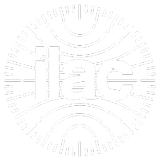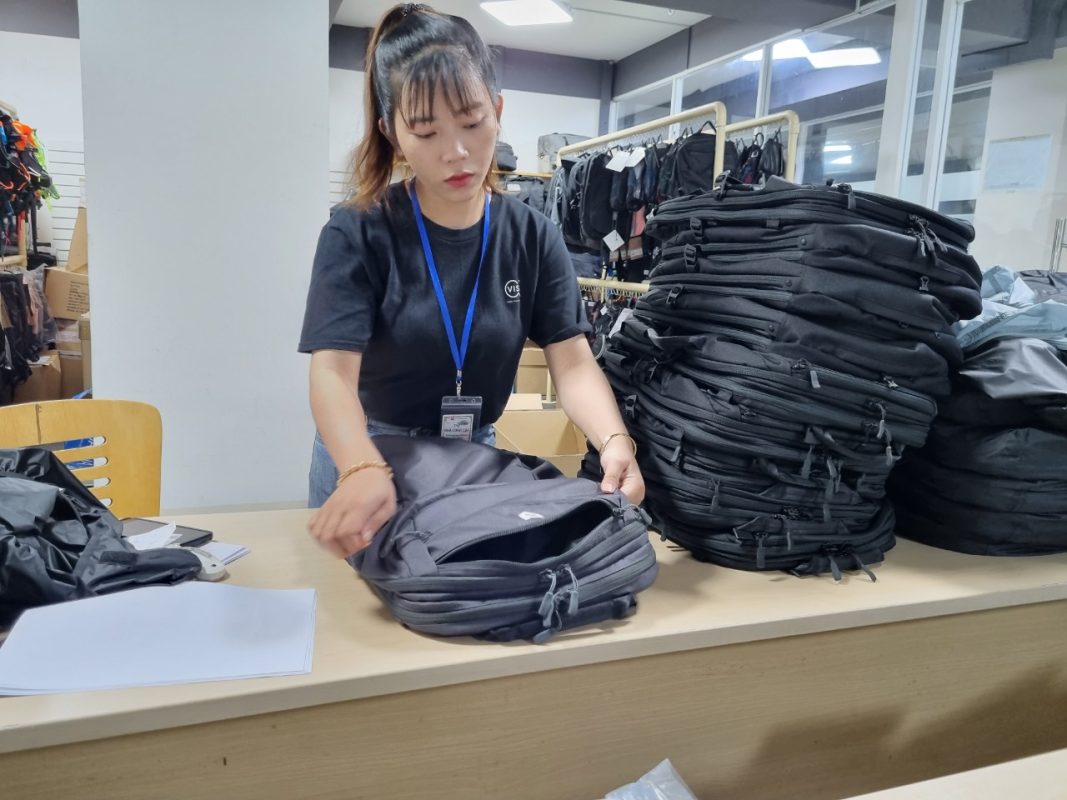Inspection News
What is Acceptable Quality Limit (AQL) in Product Inspection?
Quality control is a crucial aspect of manufacturing that ensures the products meet specific standards and specifications. AQL, or Acceptable Quality Limit, is a critical tool used in quality control. This article will discuss what AQL is, how it works, and why it is essential.
What is AQL?
AQL is a statistical tool used to measure the quality level of a product batch. It is the maximum number of defective units allowed in a sample size without the batch being rejected. The AQL level is determined by the buyer and the supplier based on the product’s specifications and requirements. It is usually expressed as a percentage or a ratio.
How does AQL work?
AQL takes a random sample of units from a product batch and inspects them for defects. The sample size and the AQL level are predetermined based on the product’s specifications and requirements. The inspection results are then compared to the AQL level, and the batch is accepted or rejected based on the number of defects found in the sample.
Why is AQL important?
AQL is essential for several reasons. Firstly, it helps ensure the product meets the required quality standards and specifications. It also helps to identify any quality issues early in the manufacturing process, reducing the risk of defective products being shipped to the customers. AQL can also help improve communication between the buyer and the supplier, establishing clear quality expectations and requirements.
AQL levels and their applications
The AQL level is the maximum number of defects or nonconformities allowed in a production lot or shipment. Different AQL levels can be used depending on the quality standard required for the product. For example, for critical products such as medical devices, the AQL level is set at 0.15% or lower, meaning that only 0.15% of the units in the sample can be defective. For non-critical products such as toys, the AQL level is set at 2.5% or higher, meaning that up to 2.5% of the units in the sample can be defective.
Here are the commonly used AQL levels:
- AQL 0.01: This is the most stringent AQL level and is used for products that require a very high level of quality control, such as medical devices, aerospace components, and other critical applications. Only one defective unit is allowed in a sample size of 10,000 units.
- AQL 0.25: This AQL level is used for products that require a high level of quality control, such as electronic components, automotive parts, and other industrial applications. Only 25 defective units are allowed in a sample size of 10,000 units.
- AQL 1.0: This is the most common AQL level used for consumer products, such as clothing, toys, and household goods. Only 100 defective units are allowed in a sample size of 10,000 units.
- AQL 2.5: This AQL level is used for products that require a lower level of quality control, such as promotional items, packaging materials, and other non-critical applications. It means that only 250 defective units are allowed.
What Are The Types of AQL?
It’s important to note that the acceptable percentage of defects in a product depends on the agreement between the supplier and the buyer, based on the level of risk they decide on. Products that pose more health risk will have a lower AQL threshold. Once an AQL standard is agreed upon, it will be used as a reference throughout the inspection process, determining the acceptable percentage for every defect in an order.
- Critical defects, with 0% defects allowed, are the most severe. These defects are unacceptable, as they can potentially harm the user. An example of a critical defect would be a missing safety feature on a child’s toy.
- Major defects, with 2.5% allowed, represent products considered unacceptable by the end user. Major defects can significantly impact the product’s functionality or aesthetics but do not pose a safety risk. Examples of major defects include significant scratches on a new car or missing buttons on a shirt.
- Minor defects, with 4.0% defects allowed, fail to meet specifications in ways that most buyers would still accept. These defects do not affect the product’s functionality but are noticeable. Examples of minor defects include small scratches on a car or slightly uneven stitching on a shirt.
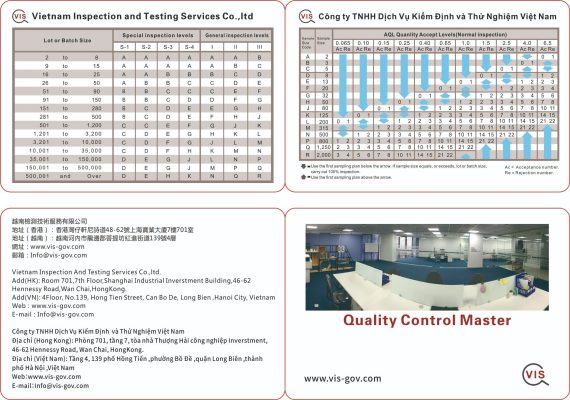
What are the limitations of AQL?
While AQL is a valuable quality control tool, it has limitations. AQL does not guarantee that every unit in the batch meets the required quality standards. It is only a statistical tool that helps to ensure that the batch meets the specified quality level with a certain level of confidence. Therefore, it is essential to use other quality control methods in conjunction with AQL, such as process control, to ensure that the product meets the required quality standards consistently.
Conclusion: What is Acceptable Quality Limit (AQL) in Product Inspection?
In conclusion, AQL is a critical quality control tool that helps ensure that the product meets the specified quality level and requirements. It is essential to understand the AQL level and its application to consistently ensure that the product meets the required quality standards. AQL should be used with other quality control methods to ensure the product’s quality is maintained always.
